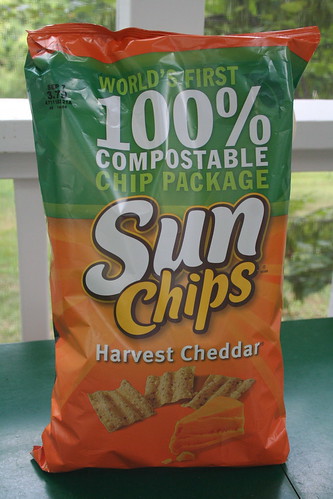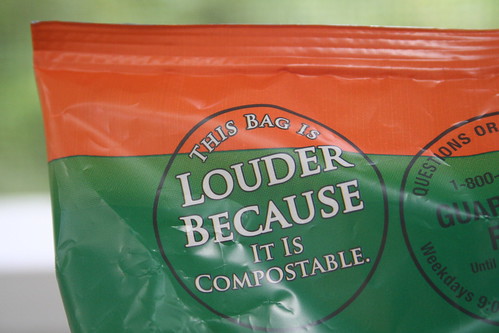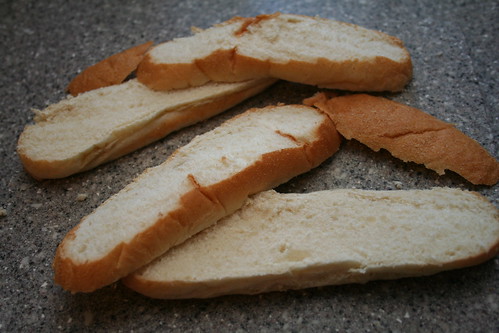To protest continuously low milk prices, dairy farmers across the nation will spill their milk on the Fourth of July. They’re going to milk their cows, then dump the white stuff on the ground in what will amount to an inland Boston Tea Party.
When I first heard about this plan, I was aghast. Why waste perfectly good milk, I groused, when you could give it away? Then I called Robin Fitch, a N.Y. dairy farmer and one of the leaders in this Fourth of July milk dump.
She assured me that she’d prefer to donate her goods but they can’t because it’s raw milk. And while some people seek that product, it’s illegal to sell. And the people who pasteurize the milk, by and large, are the co-ops and handlers that set the prices that are crushing the growers. Fitch said that for the last one and a half years, most dairy farmers have been getting paid less than the cost of production, driving many out of business. Â

Another idea, simply not milking the cow, isn’t an option because it’d be cruel to the animals. With no OPEC-like twisting the spigot to control supply, Fitch said farmers are doing what they must, but wish they didn’t have to, do.
“Things are real, real desperate. We try to feed our nation, but we can’t put food on our own tables,†said Fitch, who pointed out that most farmers don’t qualify for food stamps and other assistance because their machinery and animals count as assets.
The great American milk dump will happen nationwide. Fitch said she’s heard from farmers from California to Maine. Essentially, whenever they’re done milking their herd on that day, each participating farmer will dump it on their property in front of—hopefully—media members. “I hope this is just a one-day thing. I don’t want to have to do this again,†Fitch said.
This dumping isn’t a novel tactic—U.S. dairy farmers have done it before, as have their European counterparts (I even wrote about that massive Euro-waste). What Fitch hopes is that it’s an effective one.
For all of us non-farmers, Fitch urges pestering our elected officials to support the Specter-Casey bill (S-1645) which would guarantee farmers get paid at least the national average of what it costs to produce that milk. Doesn’t seem like much.
When I asked her how she refers to the forthcoming milk spill, Fitch said:
I’m calling it ‘the Fourth of July milk dump.’ My husband is calling it ‘the day the farmers take back their independence.’ I also call it absolute craziness. It’s crazy that we’re begging for cost of production.
And I’m calling it ‘just maybe the only instance of food waste I can support.’
 salad filler
salad filler

 And this encouraging development comes in the wake of Portland launching its own pilot program in April. Not to mention,
And this encouraging development comes in the wake of Portland launching its own pilot program in April. Not to mention, 

